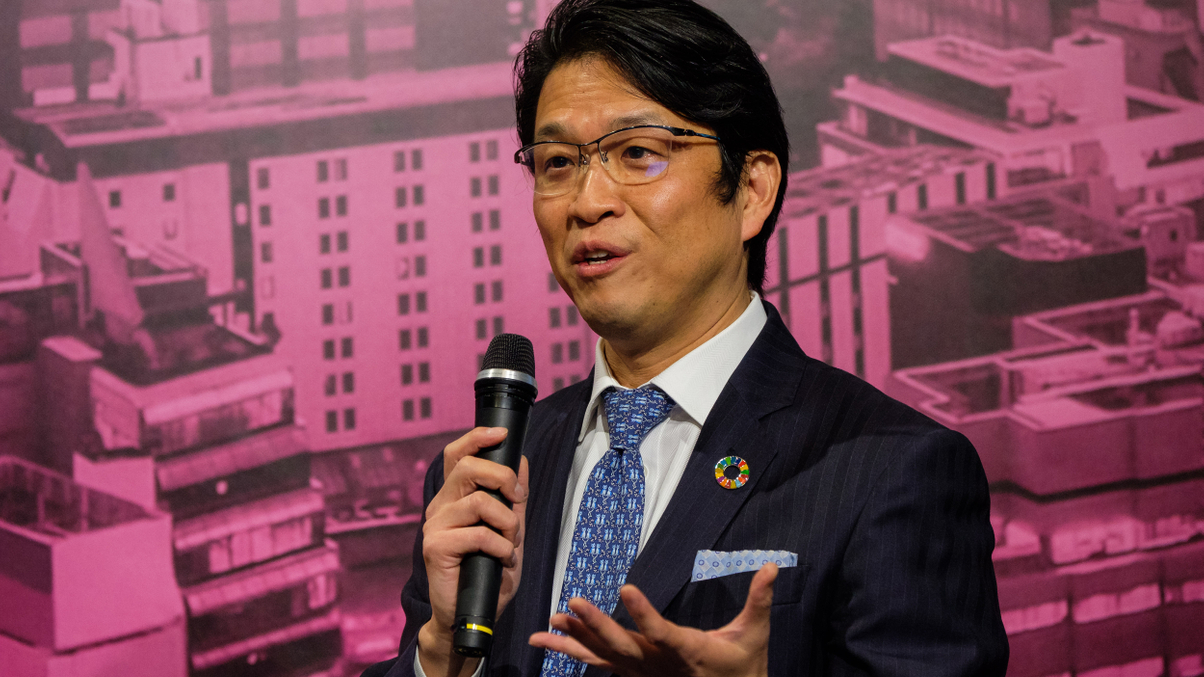GPIF CIO laments passive manager stewardship plans
Hiromichi Mizuno of Government Pension Investment Fund explains why he is disappointed so far with passive manager proposals to engage more with the firms they invest into.

Government Pension Investment Fund's (GPIF) chief investment officer, Hiromichi Mizuno, granted AsianInvestor a far-ranging interview at our 7th annual Japan Institutional Investor Forum on March 15.
Sign in to read on!
Registered users get 2 free articles in 30 days.
Subscribers have full unlimited access to AsianInvestor
Not signed up? New users get 2 free articles per month, plus a 7-day unlimited free trial.
¬ Haymarket Media Limited. All rights reserved.


